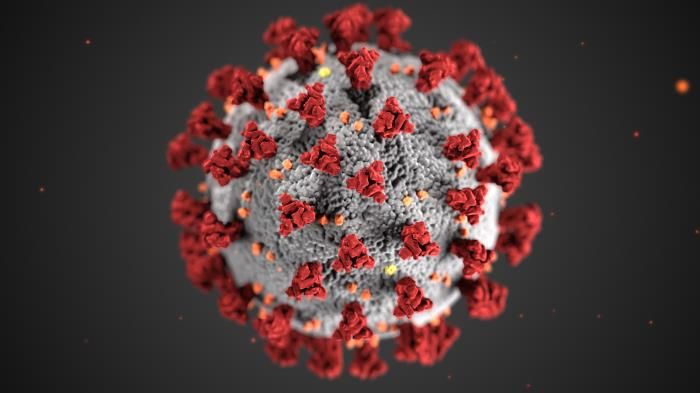Role Emerges for Imaging in COVID-19 Vaccine Development
Advanced imaging techniques are being used to pinpoint antibodies that could lead to preventive treatment.

Imaging could play a role in developing a vaccine for COVID-19 that has, to date, been elusive. Together, an international group is uncovering the microscopic structures that could be the key to unlocking a treatment that would fight against further viral spread.
In the initial stages of the outbreak, an international team, led by David Vessler, Ph.D., assistant professor with the University of Washington, and Davide Corti, Ph.D., with Vir Biotechnology in Switzerland, began the race for vaccine development. For several months, they have searched for the neutralizing antibodies that can be used as a prevention therapy.
This week, they published findings in Nature that revealed a promising antibody candidate. They also revealed they used X-ray crystallography and cryo-electron microscopy to complete this work.
“We are very excited to have found this potent neutralizing antibody that we hope will participate in ending the COVID-19 pandemic,” Vessler said in a statement, adding that the antibodies can be mass produced and administered to individuals who do not manufacture them naturally, including delivery via a possible vaccine.
Using the advanced imaging, the team identified eight antibodies that can bind to the SARS-CoV-2 spike glycoprotein, the pyramid-shaped structure that enables the virus to enter and infect host cells. Additional testing unearthed one antibody – S309 – that can successfully inhibit the virus.